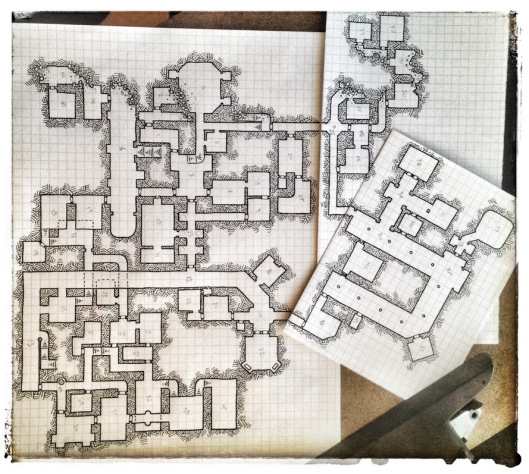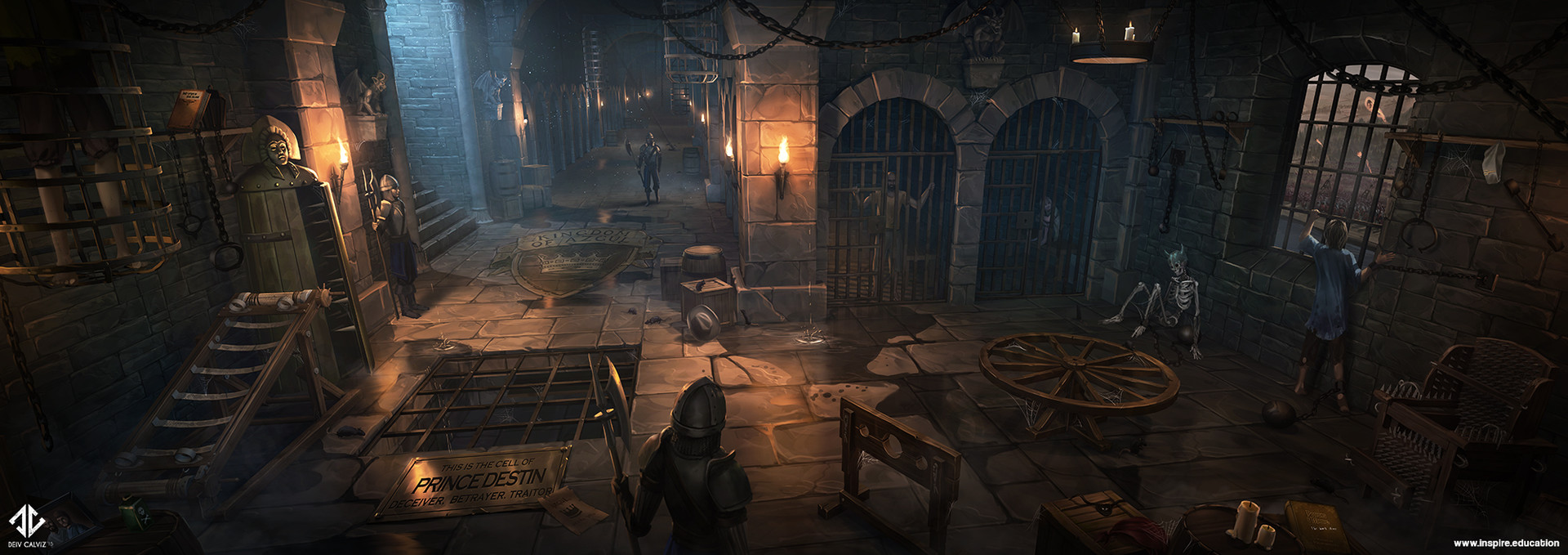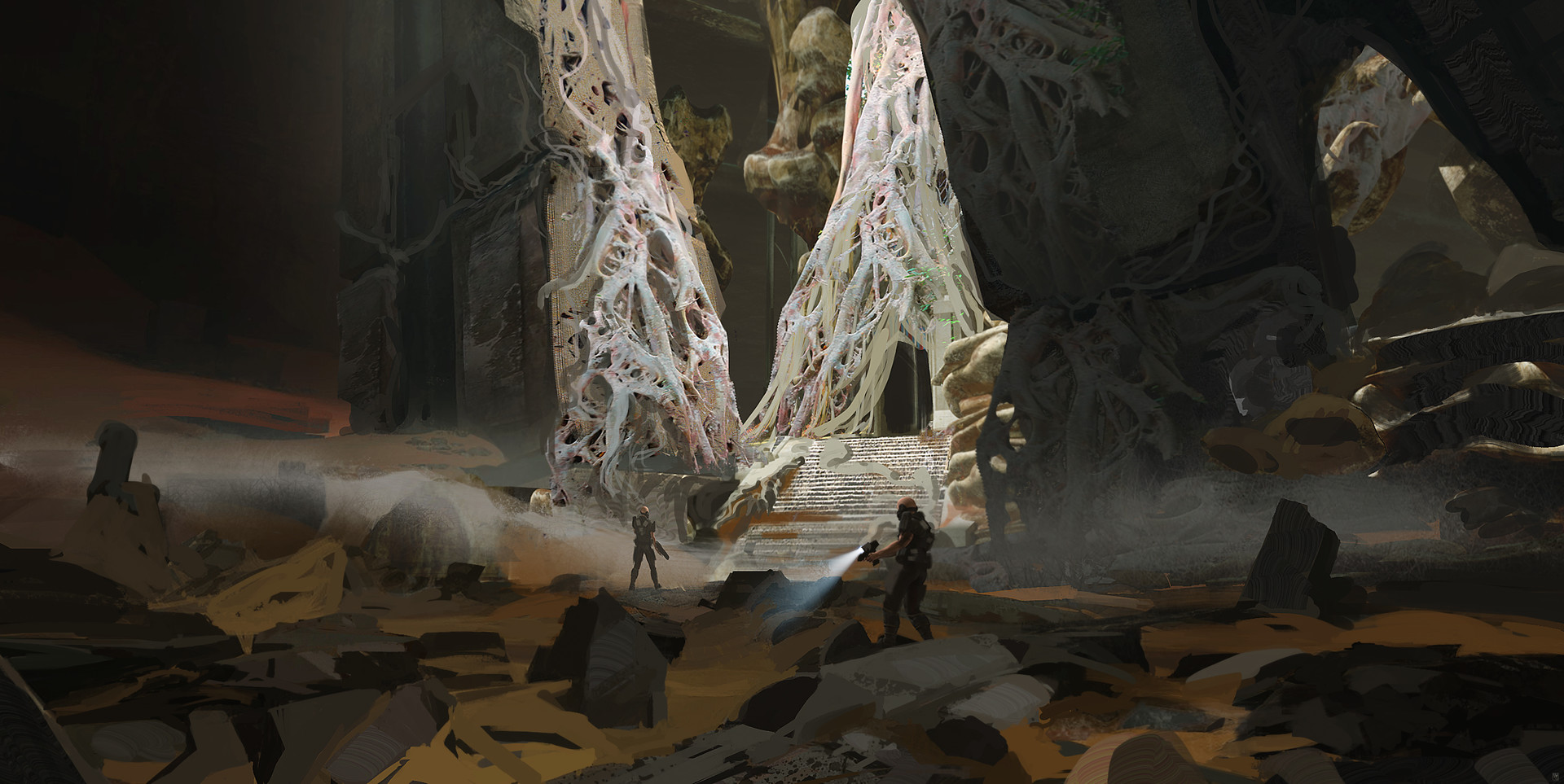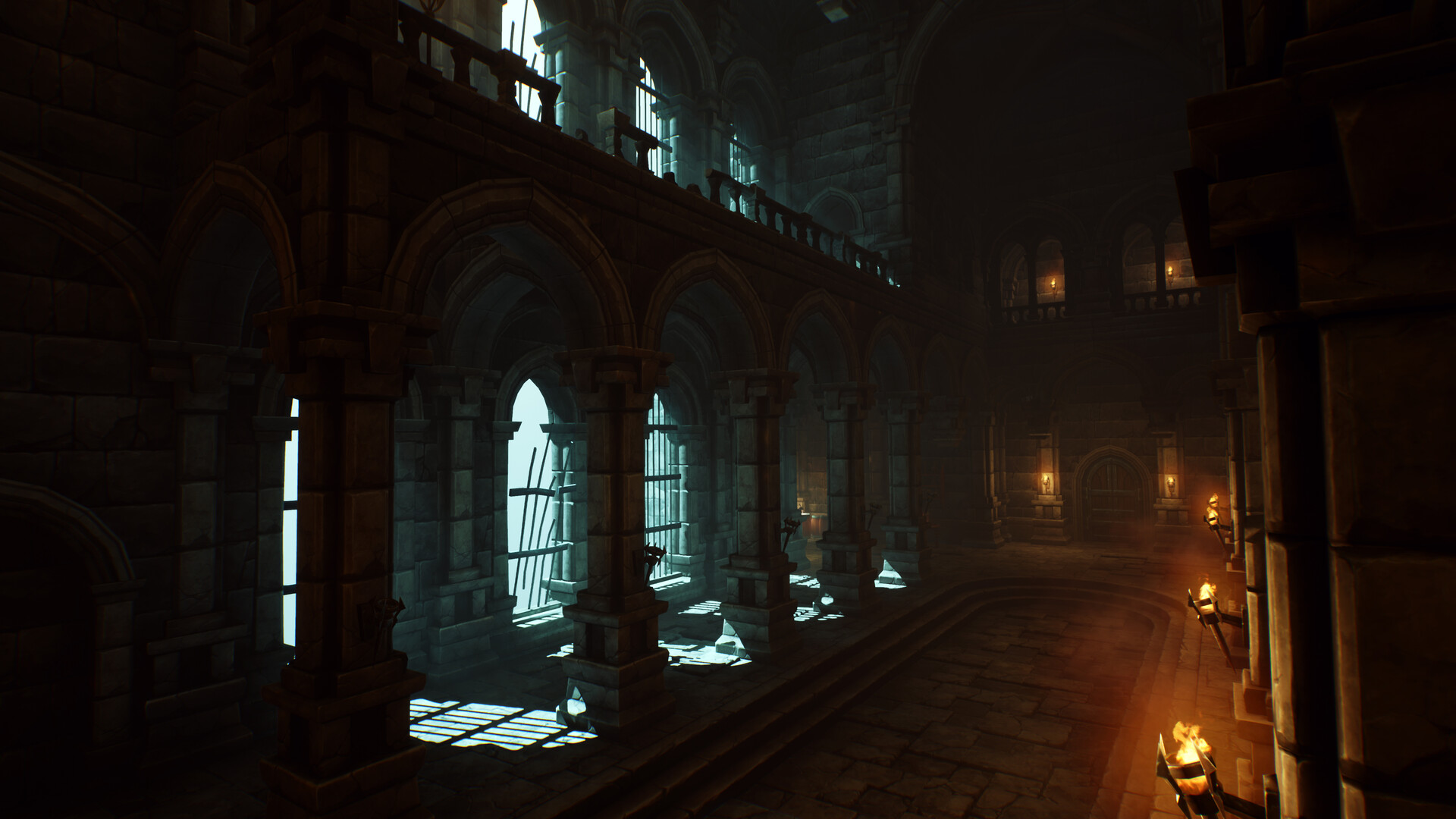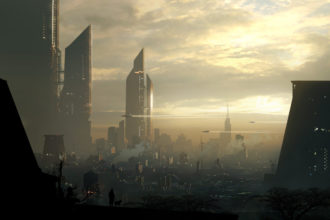Classic vs Cinematical: Tips on creating Dungeons
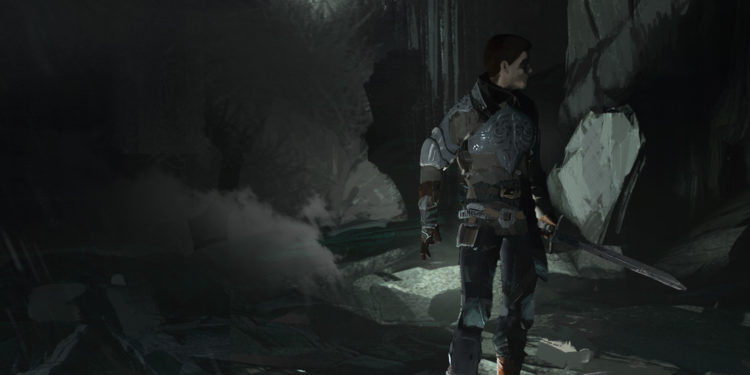
After some thought, I came to the conclusion that there are two ways of making a dungeon. The first one is the Classical one we know and love: You go ahead for 10ft before turning right, just to find out a 20x20ft room full of orcs. A map is being drawn or revealed for each section the adventurers go through, and player progress is more or less measured by the number of levels or rooms they get through. On the other hand, what I call Cinematic dungeons are nothing more than a series of encounters one after the other, getting rid of the unimportant parts in between.
Today, I wanted to speak about them both, analyzing their advantages and disadvantages so you can find out which of the two is better suited for your group. Moreover, I will talk about some techniques I found to be excellent at creating these two kinds of dungeons.
Classical Dungeons
These are by far the most used and easy to share of the bunch. Classical dungeons are what made the game come to the point Dungeons & Dragons is today. There’s a reason it occupies one-third of the game’s name.
Gary Gygax and his friends started the game as a dungeon-delving hex crawling TTRPG. Actually, before that, it was a mod from another war game from that time. There are already tons of videos and texts explaining in better detail the true origin of the game, so I will jump to the important stuff for this article to make sense. War games required people to move miniatures along a hex map, in the same way we move our characters nowadays in gridded ones. That evolved into the gridded dungeons we can find in every edition’s module.
Gridded dungeons are extremely easy to share with people you don’t know as the other person can easily see the dimensions and what appears in each room. Additionally, it is just as easy to show to the players going through the dungeon. No matter if it IS a real dungeon or just a multi-room place to explore, creating them in this way works just fine.
Game-feel
How do these kinds of dungeons affect the game-feel? There’s a reason this technique is often used in other media such as videogames. Having somewhere to look where you are at while moving through the passageways grants a feel of mistery. What is it that is ahead? Can we decipher how many other rooms there might be in here just by looking at what we went through so far? Maybe a small space is left between two rooms, meaning a secret room with treasure may be hidden in it.
As this was not enough, some players like being the party cartographers, getting to draw the map in some graph paper or dry-erase mat. Having a way of seeing everything the players crossed to get to where they are now also generates a positive mood at the table. “I can’t believe we went through this many rooms in such a short time” is something they often say. Moreover, the same map you are drawing can work as a battle map. Last but not least, for all those completionist players out there, getting to look at a fully traveled and complete map of a dungeon grants an awesome feel of perfection and completion that not many other things can grant in the game.
Complexity
Just as I mentioned in the Theatre of the Mind vs Grid-based Combat article, having to draw the map as the players are moving has its setbacks. If a player is drawing the map, you need to take the time to explain all the dimensions. Even if you drew it yourself, it will take some time to draw each time the players keep moving through the passageways. You can avoid this by drawing the map beforehand, or having it printed (or an image of it if playing online), but that’s still time you need to invest.
On the other hand, if you are using this style of dungeon you will have an awesome time impressing your players with the ones that come in the modules. They usually have a lot of detail and, if played online, are made in a way you can use dynamic lighting to make that dungeon-delving far more intense. Lastly, Roll20’s and FantasyGrounds’ versions of the modules already come with the map ready to drag to the game table.
Cinematical Dungeons
If you are watching some D&D stream that is not running a module, chances are they use this kind of technique when building dungeons from scratch. Cinematical dungeons avoid all the labyrinthical feel they usually have by making the players go through corridors and pointless rooms and go straight to what matters: the encounters. The entrance leads to some room with a puzzle, that if solved leads to another with monsters to fight, etc. While taking away some of the fun of the classical dungeon by making it a bit railroady you save a lot of time, which is essential if you are to stream the game or have only time for short sessions.
Everything that can be done in a cinematical dungeon can also be done in a classical one. As this was not enough, you need to describe the passageways the players go through so it doesn’t feel as if they were going from one thing to another with nothing in between. Keep the descriptions short, but play with the different senses to make it seem like they really are in a dungeon and not in a house going from one bedroom to another.
Game-feel
Cinematical dungeons are more akin to the Theatre of the Mind style of play. You can always pull out a grid for rooms or encounters that need it but it isn’t necessary most of the time. By cutting out all the spaces in between when running this type of dungeons you may remove some of the tension or fun of getting to see the big map being uncovered, but the time saved makes it well worth it. Moreover, the sense of mystery does not die with this method, as an open door at the end of the room still gives the chills when deciding to go through it.
Want to add some dread to the mix? Not having a specific map of where the players are going through can also be used as a scary or mysterious tool. Were the players to run away fast from something at the end of the dungeon they may need to take into account all the rooms they previously went through, all the traps they managed to avoid. If they do forget, it could mean their doom.
Complexity
By taking away so much of the core dungeon, it can make the dungeons difficult to interpret when sharing them. However, it means far less work from the DM’s part, as they will only need to describe the rooms as if running playing in Theatre of the Mind (which is what they will be making for the most part). I’ve sometimes even created a bunch of encounters that had a similar tone to them and created one of these dungeons without the need to ever draw them. If I feel I am being too harsh with my players I can decide to take one of the encounters out or add an extra one in if I am feeling too evil.
Do you want to have the characters make choices when going through the dungeon (as if going to the right or left path)? That can easily be added to this as an extra encounter. Depending on the path they choose the encounters they will find. You can even go an extra step and simulate there is a decision to be made by putting the encounter you like behind whichever door they choose. Is it a cheaty move from your part? Maybe. Nevertheless, they might never know, and what matters the most is that everyone has fun. If that means you need to play a bit dirty, then so be it. These dungeons allow you to do these kinds of things without the need to worry that the room from the encounter may crash with some other one (which can happen if you are drawing the map out).
Conclusion
As in most cases, there is no better choice when deciding how or which type of dungeon to create. It highly depends on your time, friends, and preparation time. While both of them do have their pros and cons, I believe a good balance of the two is the best choice when playing a long-running campaign, instead of sticking with a single one. It adds variety and creates unpredictability.
How do you usually run dungeons? Do you think there is some important thing I forgot to mention? Have you found a third way to run dungeons that I did not think of? Be sure to tell me all about your amazing stories when running dungeons in the comments below!
If you liked this
I’ve already created three dungeons/adventures in the Cinematic way I talked about above. Why not check them out?: A kidnapping at the Gala || Let’s Build an Aboleth’s Lair + Advice on how to run one || Let’s Build a Mummy Lord’s Lair + Advice on how to run one

